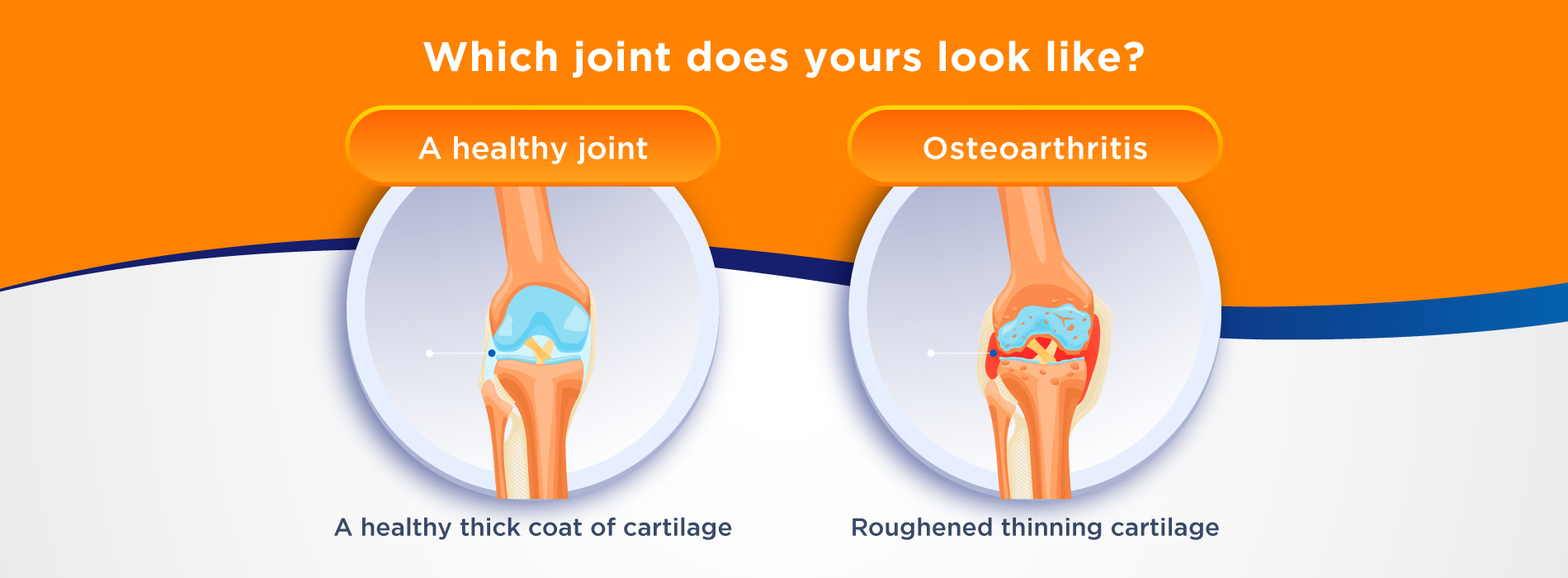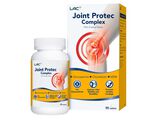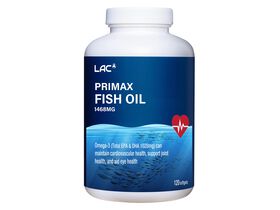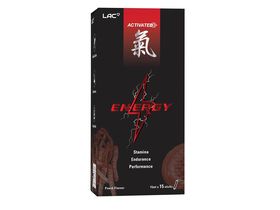Be Wary of Osteoarthritis!

Tips on how to safeguard our joints to keep us active and mobile through the years.
When you were younger, have you ever thought of caring for your joints? Bet, that’s not one of your main priorities. Joint health is often overlooked until it starts to hurt in your 50s. Let’s not take that risk while you still have time to prevent your joints from further damage.
What is arthritis?
Arthritis is the swelling and stiffness of your joints (areas where your bones meet and move). This condition causes pain and inflammation, making moving and staying active difficult. Arthritis affects most commonly in areas where you use your joints the most, for example, feet, hands, hips, knees and lower back. There are more than 100 different forms of arthritis and joint conditions[1].
Osteoarthritis
Osteoarthritis (OA), is a degenerative disease and is one of the most common types of arthritis[2]. It is caused by the wear and tear on joints when the cartilage that cushions the ends of the bones gradually deteriorates after many years. With ageing, the synovial membrane, a padded pocket of fluid that lubricates the joints starts decreasing its fluid production. As a result, without the “fluid cushion”, both ends of the bones start to rub directly against each other, causing inflammation and severe pain.
Symptoms of Osteoarthritis
#1 Stiffness & loss of flexibility – Your movement feels limited or difficult and are unable to move your joint through its full motion like you used to.
#2 Pain – You feel pain in the affected joints during or after each movement.
#3 Grating sensation – You hear a popping or crackling sound when you use the affected joint.
#4 Swelling – The affected joints may appear bigger than usual as the fluid accumulates in the soft tissue around the joint.
Osteoarthritis usually develops slowly but can worsen over time. In some cases, some people have difficulty in carrying out their daily tasks. While arthritis usually happens in older adults, it can also develop early to anyone of any age, including children. It is also believed that women are more likely to suffer from osteoarthritis than men[3]. Hormonal differences between both genders play a huge role, especially for postmenopausal women due to the decrease of estrogen.
Furthermore, individuals who are overweight or obese are more likely to develop osteoarthritis due to the high amount of pressure on the joints. Carrying out repetitive motions in the same joint area could also cause trauma to the joints[4], speeding up the wear and tear process of the joints.

Which joint does yours look like? Do seek a specialist to run through some tests for a professional analysis of your bones and joint health.
Ways to manage osteoarthritis
Osteoarthritis is irreversible, but these symptoms can be managed with lifestyle changes to ease the pain and prevent it from worsening.
#1 Exercise
Try incorporating these low-impact activities such as walking, cycling, swimming or tai chi at least 3 times a week to keep your joints flexible and active. Pilates is also a good low-impact exercise that helps to improve posture. Good posture helps reduce pressure on joints[5]. Not only low-impact activities can reduce joint pain and stiffness but they can also increase flexibility, muscle strength and endurance. If you need additional support during a workout, wear a knee guard or carry a walking stick to avoid putting further strain on your knees.
Remember, don’t be over-ambitious! Start slowly and take time to adjust to a new exercise if not they may do more harm than good.
#2 Weight Control
Being overweight or obese can put a lot of pressure on the joints, especially on the knees, hips and back. This could accelerate the wear and tear of the joints and spine since it adds more gravity and friction to it. Therefore, maintaining a healthy weight can reduce the pressure on your joints, especially on your knees to prevent any premature damage to joints. Consequently, you can increase your mobility and stay active as well.
Moreover, having a healthier weight can also improve your quality of life. It can keep you away from any potential health risks like stroke, high blood pressure, diabetes and heart problems.
#3 Food and Supplements
Food doesn’t just fuel us but also provides nutrients and healing properties to our bodies. According to a Harvard study, an anti-inflammatory diet containing unprocessed foods with no added sugar is believed to prevent gouts by 60% and reduce joint pain for people with osteoarthritis[6]. Some examples of anti-inflammatory foods include fruits and vegetables, olive oil, whole grains, fish, and lean meats.
Supplements are also a good alternative to nourish your body with nutrients that could be missing from your diet. Joint supplements with added Vitamin C can help produce collagen which is crucial in creating cushions for the joints[7]. Curcumin extract from turmeric is believed to work as ibuprofen for easing knee pains.
As glucosamine and chondroitin naturally occur in the body, it will reduce further as we age. Since they are unable to be derived in the form of food, they must be taken through supplements. Make sure to consume supplements that include these key ingredients - glucosamine, chondroitin and MSM (Methylsulfonylmethane). They are formulated to improve joint mobility, reduce inflammation, and restore cartilage thickness.
*Kindly speak to your doctor before starting any supplements to avoid any form of allergies.
[1] https://www.arthritis.org/health-wellness/healthy-living/managing-pain/understanding-pain/sources-of-arthritis-pain#:~:text=There%20are%20more%20than%20100,changing%20pain%20in%20different%20ways.
[2] https://my.clevelandclinic.org/health/diseases/12061-arthritis
[3] https://www.ncbi.nlm.nih.gov/pmc/articles/PMC3702776/#:~:text=Hormonal%20differences%20between%20men%20and,in%20estrogen%20during%20this%20time.
[4] https://www.medicalnewstoday.com/articles/321925#triggers
[5] https://www.verywellhealth.com/pilates-and-osteoarthritis-2552158
[6] https://www.health.harvard.edu/nutrition/an-anti-inflammatory-diet-may-be-good-for-your-joints
[7] https://www.webmd.com/arthritis/features/joints-food










